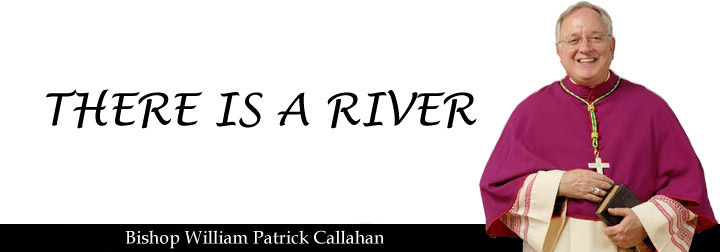On 23 March 1775, Patrick Henry delivered a passionate speech before the members of the Virginia legislature at St. John’s Church in Richmond, convincing them to send troops into the revolutionary war. His highly successful and memorable line stirred the listeners to join him in calling out: “Give me liberty, or give me death.”
Unfortunately, St. John’s Church was destroyed by the Confederates during the Civil War. It seems that now, however, in the twenty-first century, we are about to destroy the very concept of liberty itself – or least for some citizens of our country. Catholics are most definitely included in this effort, and, in fact, almost appear to be the targeted group.
In case you haven’t heard, Secretary Kathleen Sebelius, of Health and Human Services, last week issued a statement in support of the new healthcare initiative that religious non-profits will have to cover sterilization and contraceptive services, including some abortion-inducing drugs in their employee healthcare plans; none will be allowed to charge co-pays or deductibles. The policy goes into effect in August 2013 for these entities; all others will be required to provide these services in August 2012. Sebelius explained how her directive applies to non-church religious entities such as Catholic hospitals and universities: “Employers wishing to take advantage of the additional year must certify that they ‘qualify’ for the delayed implementation. This additional year will allow these organizations more time and flexibility to adapt to this new rule.” She also said, “I believe this proposal strikes the appropriate balance between religious freedom and increasing access to important preventive services.”
According to Secretary Sebelius, it may be thought that the government is graciously giving us more time so that we can figure out how we are going to commit mortal sin, abandon traditional Catholic teaching in these matters, violate our own consciences and teach others to follow our errors!
The ultimate sadness is that our religious liberties are being trampled, our trusted and valued matters of faith are simply being ignored, and it seems that we are supposed to say: “Thank you.”
This is the latest, and perhaps one of the more audacious, of the outrages of the radical secular agenda. I will be joining with my brother bishops in sending a letter to be read in all of the churches of our diocese this weekend. Please stay informed about this issue, and about others that intend to seriously challenge and limit our ability to live in freedom and according to the mission of Jesus Christ.
I recall an old adage that also passed as a curse: “May you live in interesting times.” Perhaps someone had foresight to these days.
…I’ll see you at Sunday Mass.
